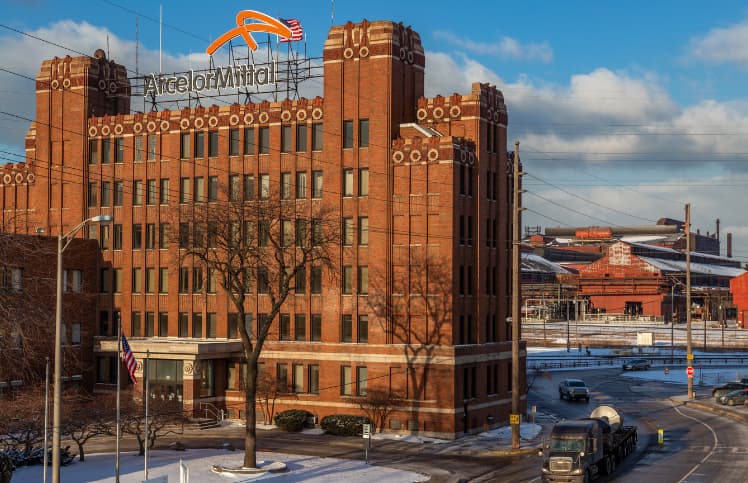Is education keeping pace with automation?
by Gary Kaplan
photo by Matthew Kaplan
Skills and the Workplace: The Lesson of Inland Steel was our Labor Day post in 2016. Its two main themes are even more relevant five years later: technology is transforming the skill content of work; and post-secondary education or training is necessary to be competitive in the labor market.
Changes in work content have been speeded up by the advent of artificial intelligence and machine learning. The pandemic accelerated this trend. More and more jobs can be done by computers and robots. Educational requirements for the jobs that require human agency keep rising. More than 65% of all jobs in the economy already require post-secondary education and training. The number of jobs open to workers with only high school degrees continues to decline, while jobs for those with post-secondary education, and especially bachelor’s degrees, increase. Almost all new jobs require post-secondary credentials and skills.
Educational attainment is inching up but too slowly. The proportion of 25 to 29 year-olds with bachelor’s degrees in 2019 was 38.7%, up from the 35.6% cited in the post but not enough to keep pace with job automation. When post-pandemic data are available, the proportion will probably have declined due to interrupted schooling, and it will continue to decline for several years as the educational disruptions of the pandemic play out.
On a recent visit home to the Calumet Region, I drove up Dickey Road through the mills from Whiting to East Chicago, Indiana, with my cousin Matthew, whose camera has been chronicling our childhood landscape since the 1970s. The monuments of our youth still loom majestically on the lakeshore: Standard Oil, now British Petroleum; Inland Steel, recently ArcelorMittal and now Cleveland-Cliffs. Well into their second century, these industrial dynamos are producing more oil and steel than ever, but with a skeleton of their former workforce and the merest wisp of the toxic emissions that once permeated the Region atmosphere. The flare stacks still shoot their writhing flames into the sky, but the pungent eruptions of sulfur dioxide no longer saturate the air and lungs.
Gary Kaplan is the executive director of JFYNetWorks.
Matthew Kaplan is a Chicago-based photographer. His work can be viewed at matthewkaplanphotography.com
A previous Labor Day collaboration can be found here.
Other posts authored by Gary can be found here.
HOW ARE WE DOING? In our pursuit to serve up content that matters to you, we ask that you take a couple of minutes to let us know how we’re doing? Please click here to be navigated to our JFYNet Satisfaction Survey. Thank you!





